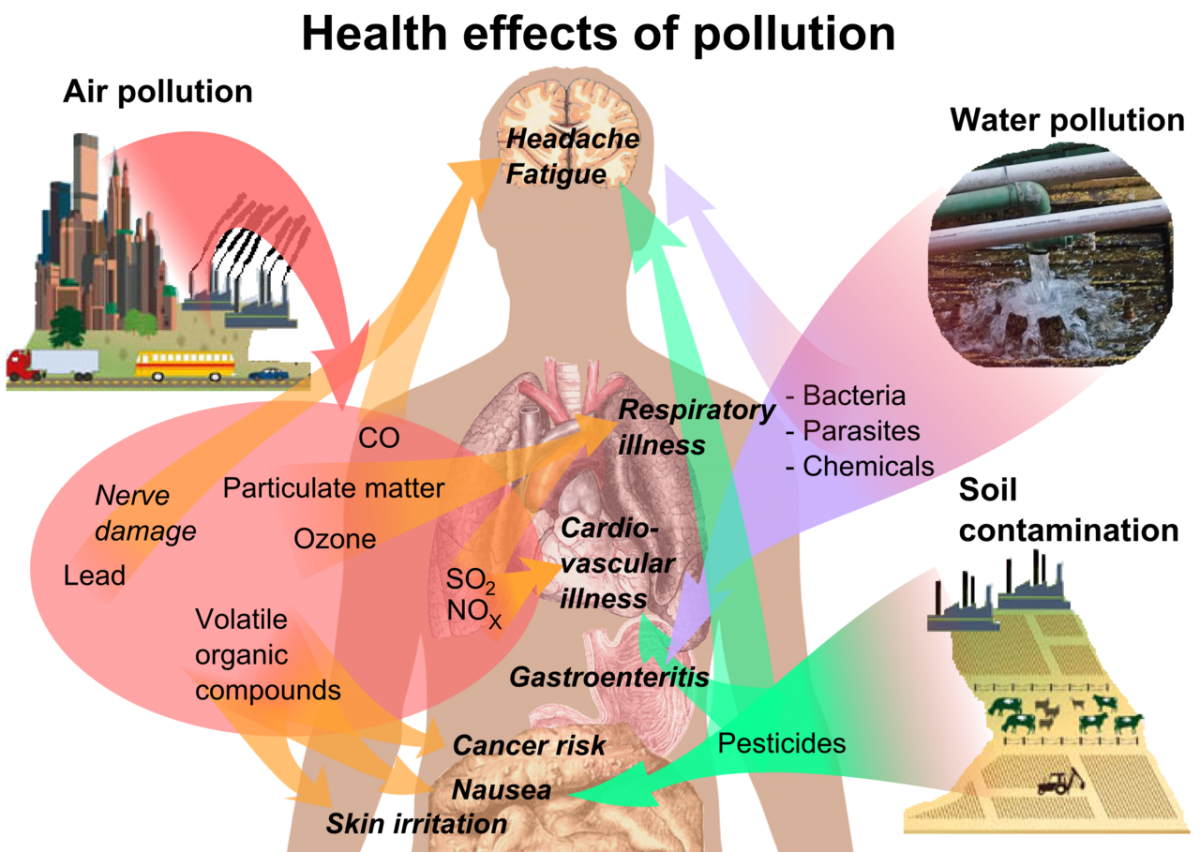The environment describes all external factors that affect us – thus environmental health is the idea that these factors can influence our health, for better or worse. There is the social environment, or the people around us, and the physical environment, or all external physical factors that affects us. This can be the air we breathe, the water we drink, the neighborhoods we live in, and even the laws and policies that structure our lives.
How can a neighborhood impact our health? Try this interactive activity to find out – https://unnaturalcauses.org/interactivities_03.php. Do you live in a healthy neighborhood? New York City has been surveying and writing about its neighborhoods for several years – looks up yours here.
The kinds of toxins and pathogens we are exposed to may be a product of our environment. That is, if we live in cities with higher air pollution, or geographic locations where certain animals that carry diseases proliferate, we may be more likely exposed to these diseases. For example, you can look at maps of where cases of West Nile virus happen here – https://wwwn.cdc.gov/arbonet/Maps/ADB_Diseases_Map/index.html
Other environmental factors are built environment – roads, buildings, parks, and so on. Things like availability of bike lanes may help people reach their recommended levels of physical activity. Other things like the presence of lead paint in a home with small children can be detrimental to people’s health – the NYC report on lead levels is here https://www1.nyc.gov/assets/doh/downloads/pdf/lead/lead-quarterly-report.pdf







